A Yoga Pathway for Keeping it Real

When asked yesterday to write a post on yoga for self isolation I immediately began to compile a list of common yoga wellness techniques. I contemplated the use of breathing practices, asana, journaling, meditation, laughter, music, nature walks, and creative pursuits appropriate for this purpose. As I was organizing my thoughts and ranking activities by relevance, I realized that this was an impossible task. How could I possibly know what any one person in isolation needs right now? Of course, I could not. I remembered however that I do know someone who does know. So instead of creating a list of things to do (or not do) in isolation, I thought I would instead introduce you to the person with all the answers, and help you listen to them. Hint: It is you!
Yogi Tip #1: Tune In
What is needed to thrive in any situation varies from person to person (and moment to moment). Adding to this complexity is the fact that most of the time we don’t actually know what we need! The three-breath practice below is designed to help you find out.
First close your eyes, inhale a wave of breath, exhale and imagine that wave releasing your body and mind. And now begin.
Beath 1: Body Awareness Inhale and tune in to your body. Visualize your body filling with your breath and become aware of all the sensations in your body. This is a non-judgemental curious sweep. Exhale and imagine your body settling into ease.
Breath 2: Mind Awareness Inhale your breath into your mind. Imagine your brain filling with this breath. Exhale to release your brain into ease.
Breath 3: Heart Awareness Inhale to bring awareness to your heart center. Exhale to visualize this space relaxing and opening up. Ask yourself what you need right now? Maybe you want to pause and breath here for a while longer to wait for an answer or possibly you know immediately what you need. To move? To lie down? To breath fresh air? To connect with someone?
Social media is full of wrestling indignant opinions on whether we should be active or inactive right now. Don’t get caught up in the extremes. There is no right or wrong way to proceed. You are now, and will forever be, the only person who knows exactly what you need.

Yogi Tip #2: Give Permission
This tip is every bit as important as the first. Without it, your tune-in is not going to be of much use. There are a lot of different emotions being felt right now. Be kind to yourself. Does your tune-in inform you that you need to cry? Take a nap? Move? Do you need a break from your kids/partner? If so, feel it and do it (even if you just lock yourself in the bathroom to sit on your vanity counter for a few breaths). The most important thing to do when you learn exactly what you are feeling is to greet it with unconditional compassion, interest, and acceptance.
Jung wrote that the modern man lives in endless transgressions against his instincts. While we may resist certain feelings, the reality is that it is natural to feel angry, sad, lonely, happy, etc. It is also ok to notice it and to feel it. Before doing the three-breath tune-in above commit yourself to non-judgmental acceptance of whatever you discover. If you feel like napping for example, resist the urge to think, “but really I should go for a run”. In this unusual time when we are unable to welcome physical guests into our home I suggest we follow the sage words of Jellaludin Rumi, and instead practice welcoming all of our internal guests. I provide his beautiful poem, The Guest House, below to further inspire. Enjoy

The Guest House
This being human is a guest house.
Every morning a new arrival.
A joy, a depression, a meanness,
some momentary awareness comes
as an unexpected visitor.
Welcome and entertain them all!
Even if they are a crowd of sorrows,
who violently sweep your house
empty of its furniture,
still, treat each guest honorably.
He may be clearing you out
for some new delight.
The dark thought, the shame, the malice.
meet them at the door laughing and invite them in.
Be grateful for whatever comes.
because each has been sent
as a guide from beyond.
— Jellaludin Rumi, translation by Coleman Barks








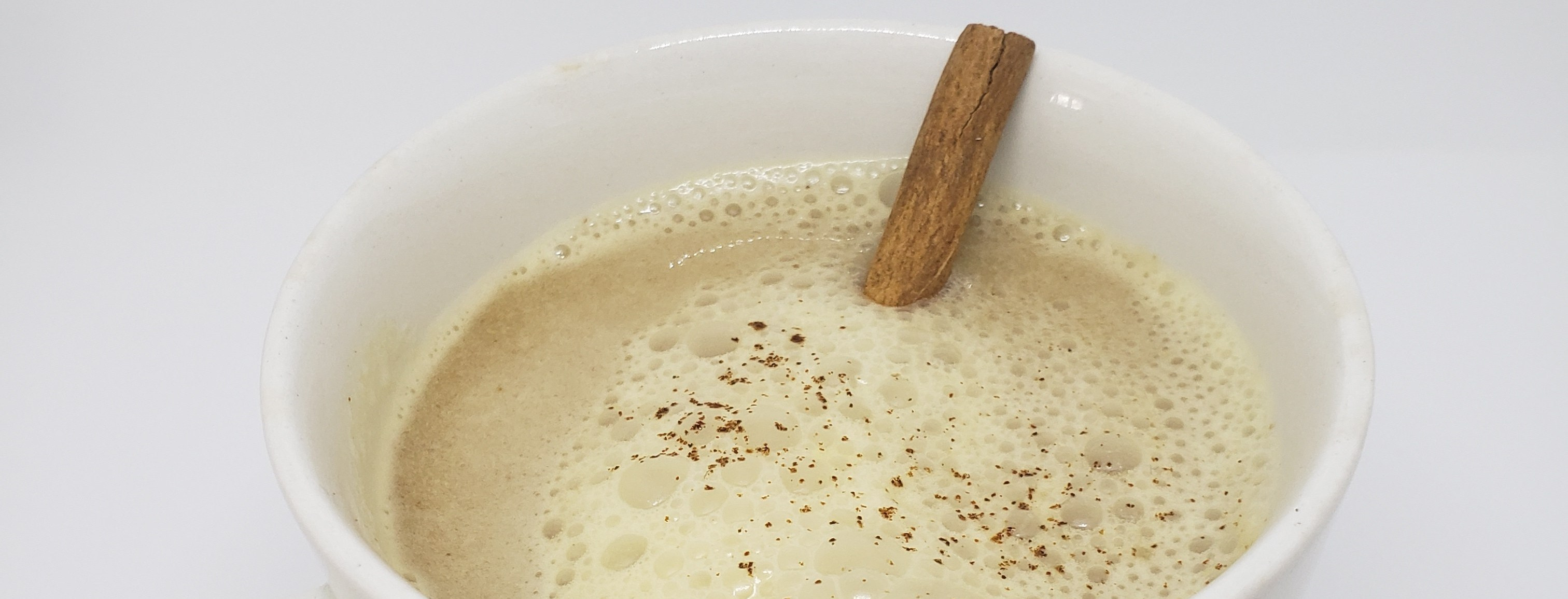
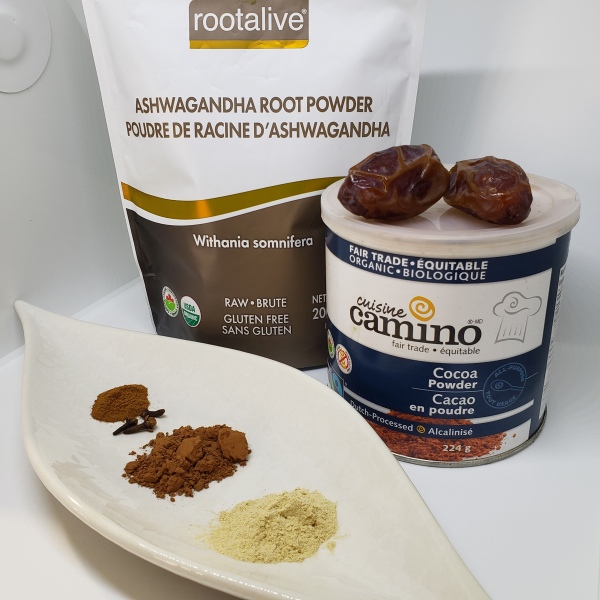
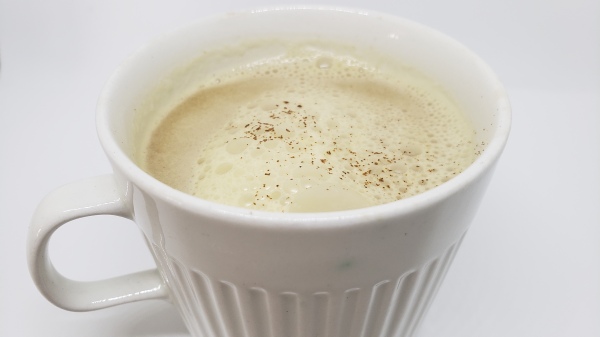


 Matcha (or powdered green tea) is not steeped so the whole leaf is consumed. Given its recent popularity in coffee shops, you would be forgiven for considering it to be a fad food, however this powdered tea dates back more than 1000 years in Japan. Around this time Buddhist monks began growing the tea leaves in the shade, resulting in a large increase in antioxidant levels. If you have ever wondered why the oldest person in the world is so frequently Japanese maybe this is why. They do drink loads of the stuff!
Matcha (or powdered green tea) is not steeped so the whole leaf is consumed. Given its recent popularity in coffee shops, you would be forgiven for considering it to be a fad food, however this powdered tea dates back more than 1000 years in Japan. Around this time Buddhist monks began growing the tea leaves in the shade, resulting in a large increase in antioxidant levels. If you have ever wondered why the oldest person in the world is so frequently Japanese maybe this is why. They do drink loads of the stuff! One of the oils in this recipe is MCT or medium chain triglycerides. I will leave it to you to look up all the hype and studies on MCT. They have become such a health food buzz word because MCTs are processed in a different way by the body than other fats. They go directly from the gut to the liver and are made available as an immediate source of energy. This makes them less likely to be stored as fat (the basis for the recently popular ketogenic diet). MCTs are also turned into ketones. These substances are created when the liver breaks down fat. They can be used by the brain for energy instead of sugars. A common source of MCTs is coconut oil, however if you are not a fan of that flavor you can buy the flavorless MCT oil in any health food shop.
One of the oils in this recipe is MCT or medium chain triglycerides. I will leave it to you to look up all the hype and studies on MCT. They have become such a health food buzz word because MCTs are processed in a different way by the body than other fats. They go directly from the gut to the liver and are made available as an immediate source of energy. This makes them less likely to be stored as fat (the basis for the recently popular ketogenic diet). MCTs are also turned into ketones. These substances are created when the liver breaks down fat. They can be used by the brain for energy instead of sugars. A common source of MCTs is coconut oil, however if you are not a fan of that flavor you can buy the flavorless MCT oil in any health food shop. The second oil on this ingredient list is ghee, or clarified butter. Ghee is a source of important omega 3 fats as well as a number of different vitamins.
The second oil on this ingredient list is ghee, or clarified butter. Ghee is a source of important omega 3 fats as well as a number of different vitamins. My lifelong obsession with pumpkins spans back to my single digit years. I fantasized about growing one as tall as I was, like the pumpkin pictured next to the kid on the seed packet. I never did. I also never even thought about eating one. Maybe the shorter growing season in northern Newfoundland was to blame, but I never saw anyone actually grow a pumpkin. Most families in my little community had a garden to grow potatoes, carrots, cabbage, even some lettuce in the later years, but never pumpkin. In my early 20’s I moved to the west coast and found out that pumpkins, in addition to being carved on Halloween, were also food!
My lifelong obsession with pumpkins spans back to my single digit years. I fantasized about growing one as tall as I was, like the pumpkin pictured next to the kid on the seed packet. I never did. I also never even thought about eating one. Maybe the shorter growing season in northern Newfoundland was to blame, but I never saw anyone actually grow a pumpkin. Most families in my little community had a garden to grow potatoes, carrots, cabbage, even some lettuce in the later years, but never pumpkin. In my early 20’s I moved to the west coast and found out that pumpkins, in addition to being carved on Halloween, were also food!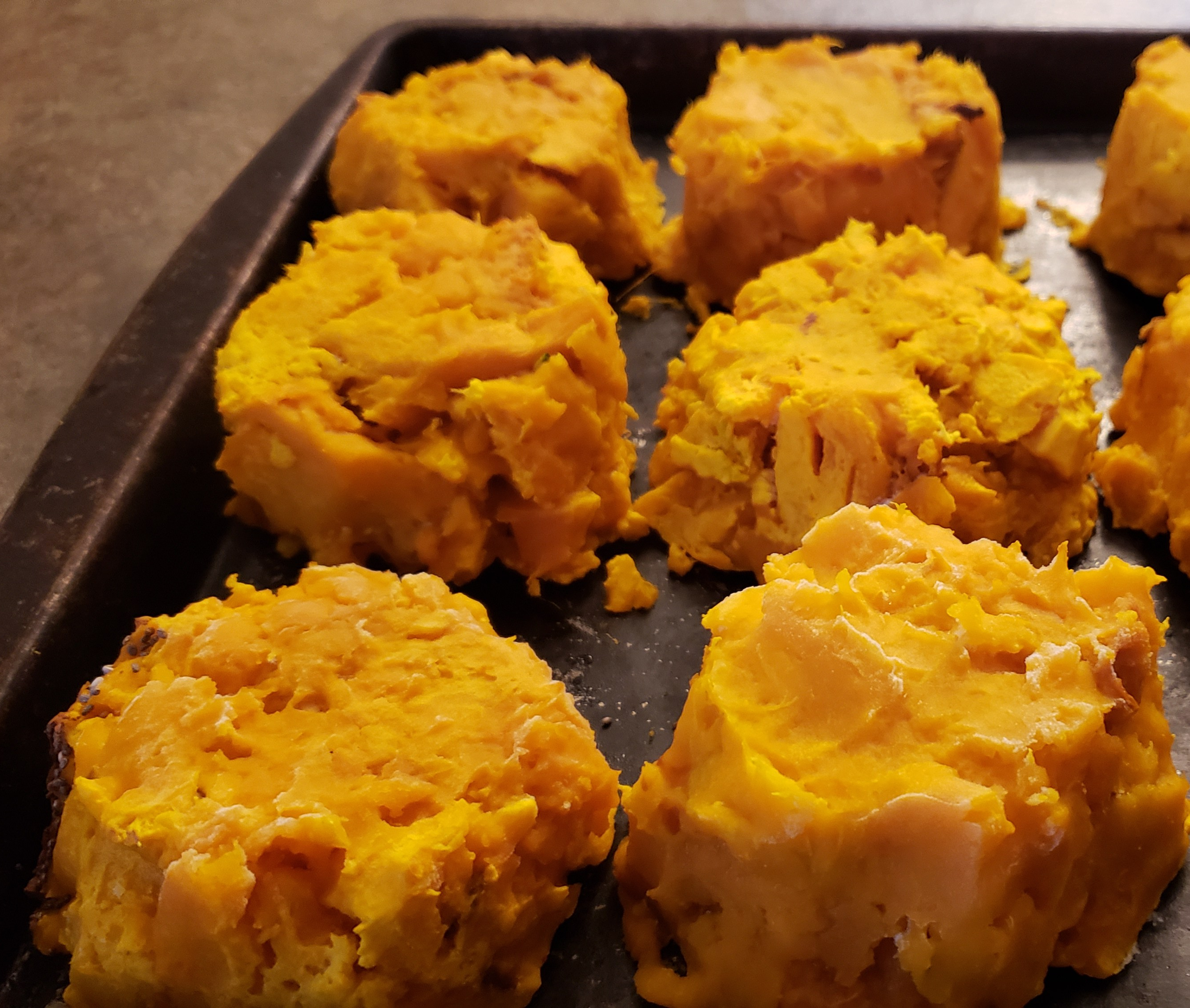
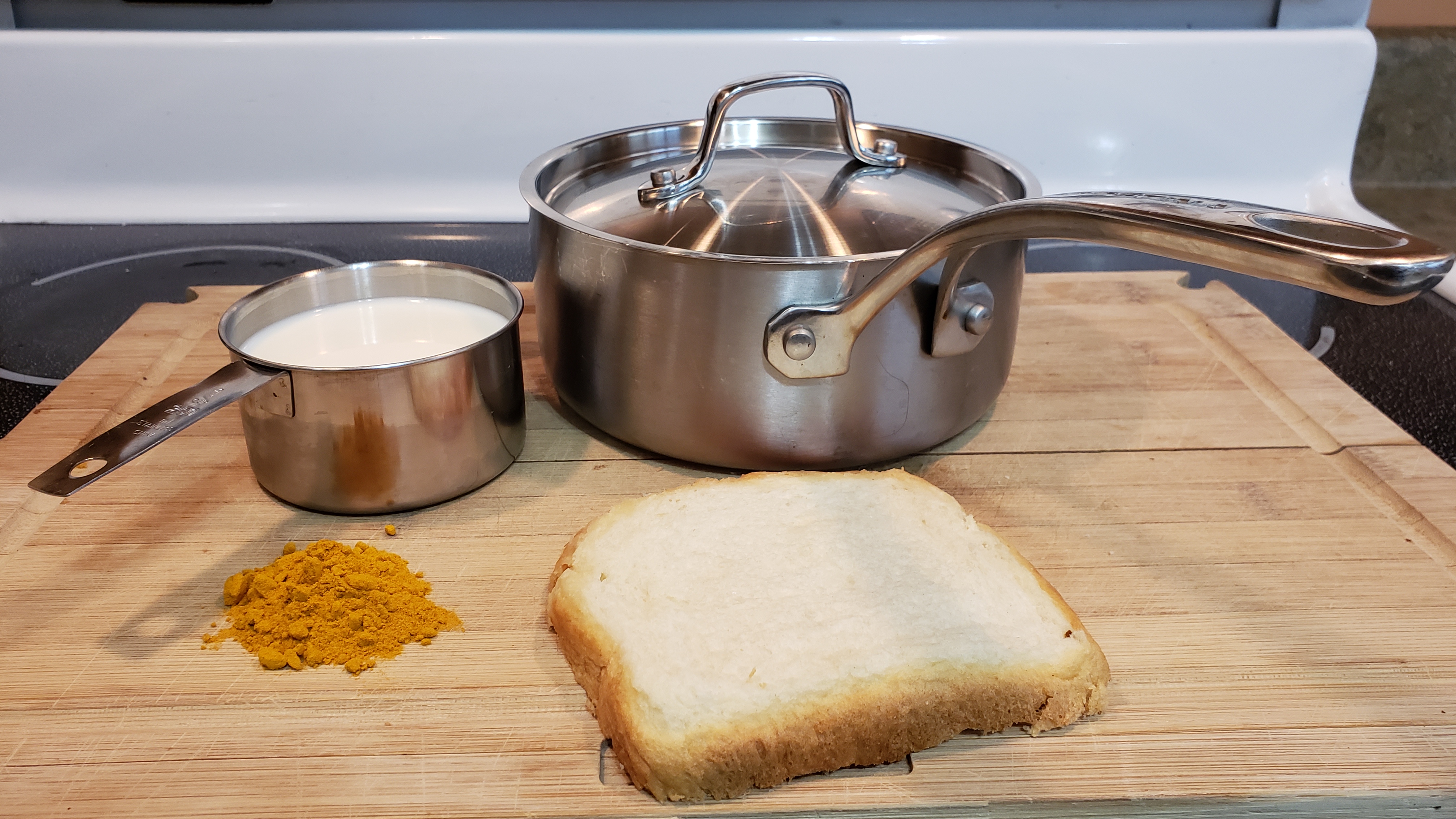
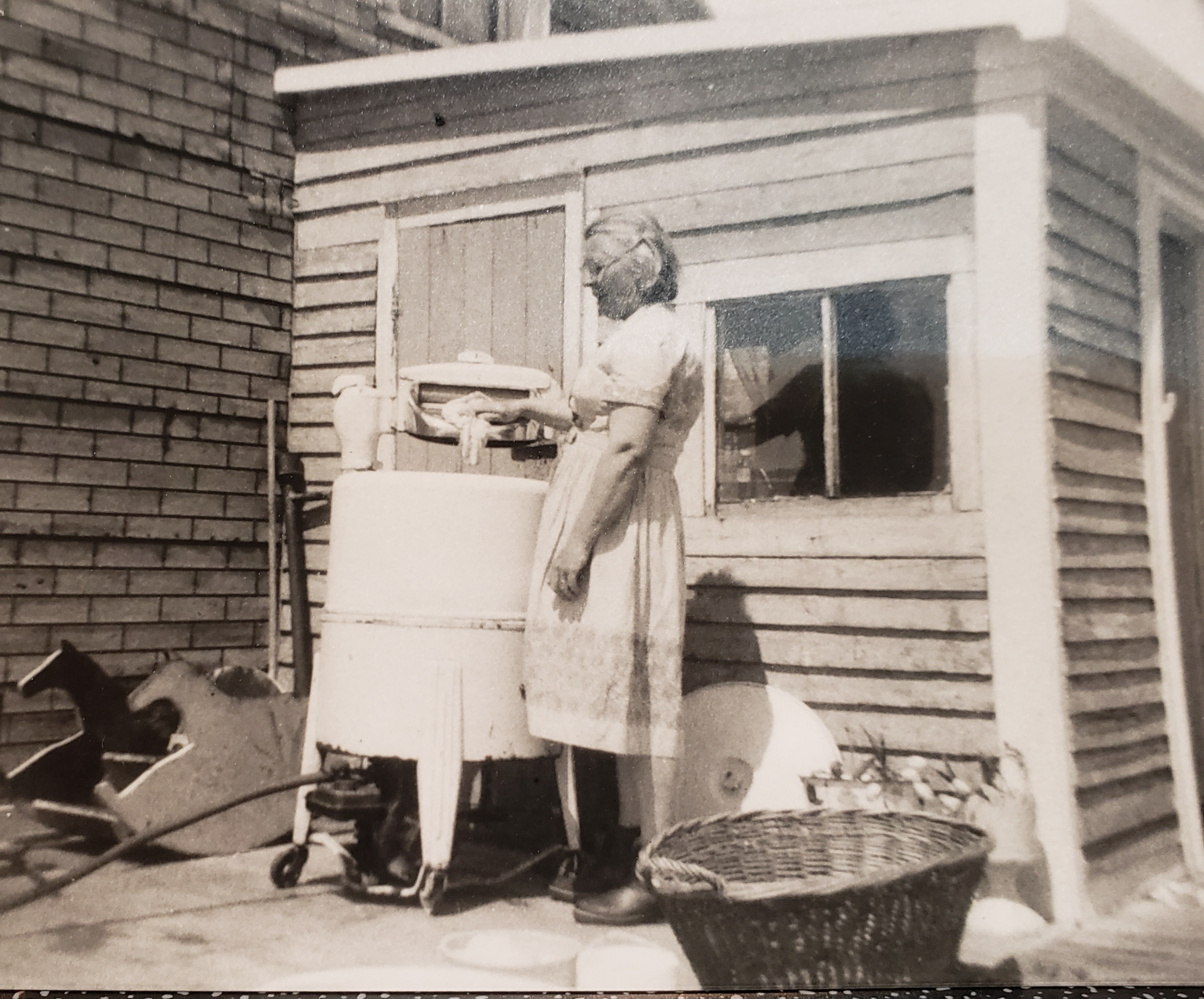
 Since Easter is just around the corner, and I hear bunnies love carrots, I thought this might be a timely post. I have always loved snacking on carrots. Not so much in the civilized little stick format, but in more of a bugs bunny inspired, whole vegetable nibbling approach. I still do this regularly, but from time to time I deviate from raw, or simple steaming, to yummy carrot soup. I tried a bunch of different approaches before finally finding the favourite that I am sharing here.
Since Easter is just around the corner, and I hear bunnies love carrots, I thought this might be a timely post. I have always loved snacking on carrots. Not so much in the civilized little stick format, but in more of a bugs bunny inspired, whole vegetable nibbling approach. I still do this regularly, but from time to time I deviate from raw, or simple steaming, to yummy carrot soup. I tried a bunch of different approaches before finally finding the favourite that I am sharing here.

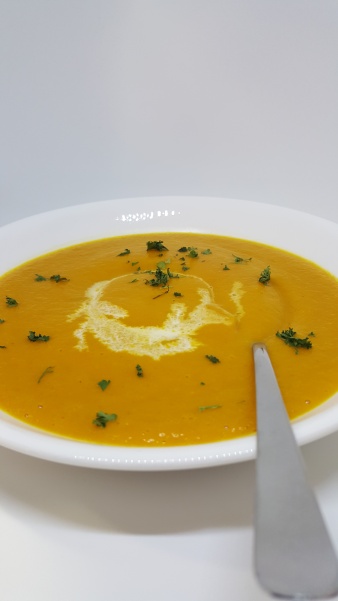

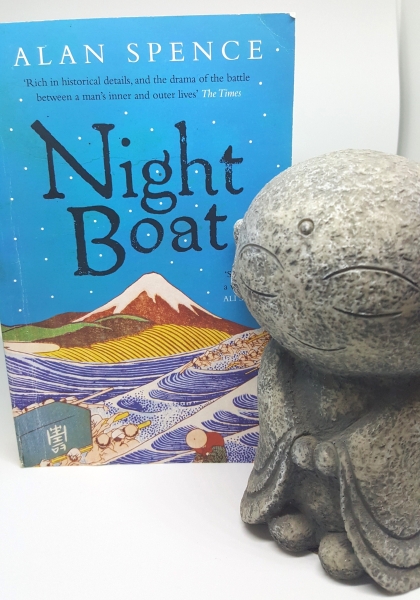 This famous paradoxical riddle is one of the many legendary historical zen references in Alan Spence’s biography of the illustrious Zen Master, Hakuin. These riddles, or koans, are used to illustrate the limitation of logical reasoning, and in turn trigger enlightenment when one meditates on them with sincerity, and intensity. Hakuin taught that every life experience was a koan of some form. This story of his life is inextricably woven into an exposition of zen art and poetry, portrayed against the backdrop of the enchanting Mount Fuji, and the bustling activity of the Tokaido, the famed walkway between Tokyo and Kyoto.
This famous paradoxical riddle is one of the many legendary historical zen references in Alan Spence’s biography of the illustrious Zen Master, Hakuin. These riddles, or koans, are used to illustrate the limitation of logical reasoning, and in turn trigger enlightenment when one meditates on them with sincerity, and intensity. Hakuin taught that every life experience was a koan of some form. This story of his life is inextricably woven into an exposition of zen art and poetry, portrayed against the backdrop of the enchanting Mount Fuji, and the bustling activity of the Tokaido, the famed walkway between Tokyo and Kyoto.

